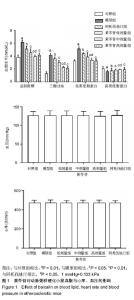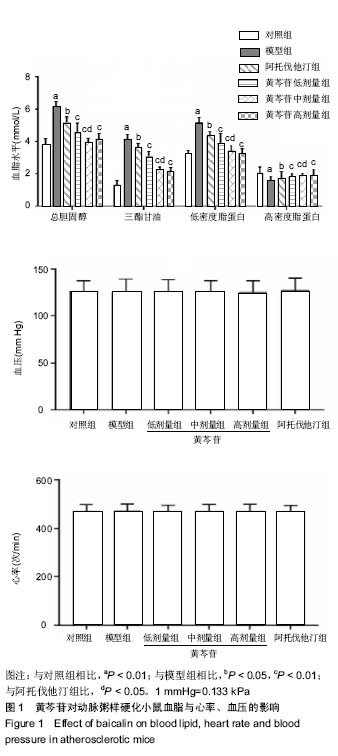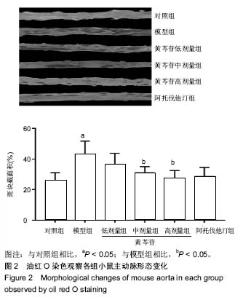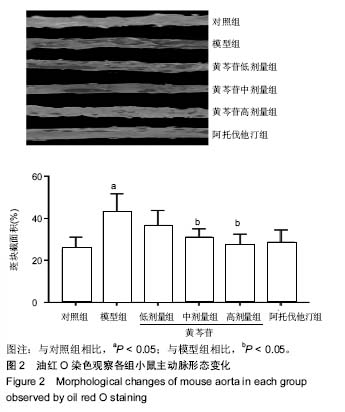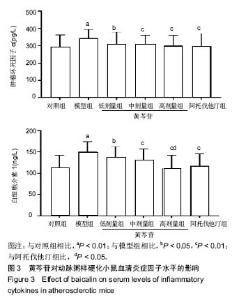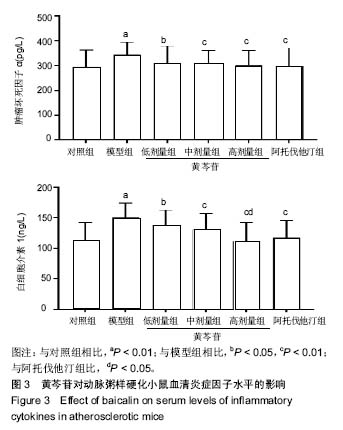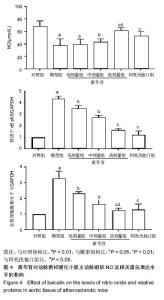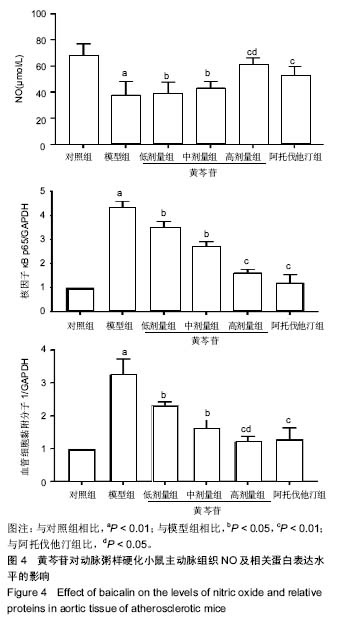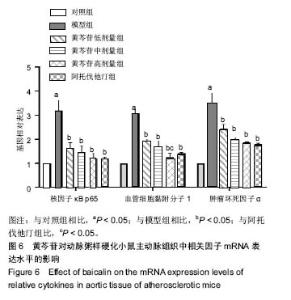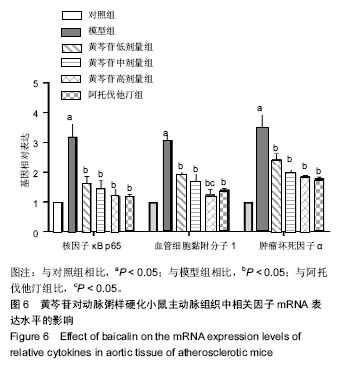| [1] 陈伟伟,高润霖,刘力生,等.《中国心血管病报告2017》概要[J].中国循环杂志,2018,33(1):1-8.[2] Vanhoutte PM.Endothelial dysfunction: the first step toward coronary arteriosclerosis.Circ J.2009;73:595-601.[3] Goff DC Jr,Lloyd-Jones DM,Bennett G,et al. 2013 ACC/AHA guideline on the assessment of cardiovascular risk: a report of the American College of Cardiology/American Heart Association Task Force on Practice Guidelines.J Am Coll Cardiol. 2014;63(25 Pt B):2935-2959. [4] Smith SC Jr,Benjamin EJ,Bonow RO,et al. AHA/ACCF secondary prevention and risk reduction therapy for patients with coronary and other atherosclerotic vascular disease: 2011 update: a guideline from the American Heart Association and American College of Cardiology Foundation endorsed by the World Heart Federation and the Preventive Cardiovascular Nurses Association.J Am Coll Cardiol. 2011;58(23):2432-2446.[5] Chen CA,Wang TY,Varadharaj S,et al.S-glutathionylation uncouples eNOS and regulates its cellular and vascular function.Nature.2010;468(7327):1115-1118.[6] 张芯,邢露茗,杨建飞,等.核因子-κB在动脉粥样硬化中的研究进展[J].现代生物医学进展,2015, 15(5):972-975.[7] Liao P,Liu L,Wang B,et al.Baicalin and geniposide attenuate atherosclerosis involving lipids regulation and immunoregulation in ApoE-/- mice.Eur J Pharmacol.2014;740:488-495.[8] Dong SJ,Zhong YQ,Lu WT,et al.Baicalin inhibits lipopolysaccharide-induced inflammation through signaling NF-kappaB pathway in HBE16 airway epithelial cells.Inflammation.2015;38:1493-1501.[9] 星.ApoE-/-小鼠主动脉粥样硬化斑块中EMMPRIN和uPA的表达及阿托伐他汀干预的研究[D].重庆:第三军医大学,2012.[10] Wu Y,Wang F,Fan L,et al.Baicalin alleviates atherosclerosis by relieving oxidative stress and inflammatory responses via inactivating the NF-κB and p38 MAPK signaling pathways.Biomed Pharmacother. 2018;97:1673-1679.[11] 吕丽.基于PI3K/Akt/NF-κb信号通路槲皮素抗动脉粥样硬化作用研究[D].长春:吉林大学,2017.[12] Yu XH,Zheng XL,Tang CK.Nuclear Factor-κB Activation as a Pathological Mechanism of Lipid Metabolism and Atherosclerosis.Adv Clin Chem.2015;70(3):1-30.[13] Pant S,Deshmukh A,Gurumurthy GS,et al.Inflammation and atherosclerosis--revisited.J Cardiovasc Pharmacol Ther. 2014;19(2):170-178.[14] Siragusa M,Fleming I.The eNOS signalosome and its link to endothelial dysfunction.Pflugers Arch.2016;468(7):1-13.[15] Kanters E,Pasparakis M,Gijbels MJ,et al.Inhibition of NF-κB activation in macrophages increases atherosclerosis in LDL receptor–deficient mice. J Clin Invest.2003;112(8):1176-1185.[16] Gareus R,Kotsaki E,Xanthoulea S,et al. Endothelial cell-specific NF-kappaB inhibition protects mice from atherosclerosis.Cell Metab.2008;8(5):372.[17] Tornatore L,Thotakura AK,Bennett J,et al.The nuclear factor kappa B signaling pathway: integrating metabolism with inflammation.Trends Cell Biol.2012;22(11):557-566.[18] Zhang S,Reddick R,Piedrahita J,et al.Spontaneous hypercholesterolemia and arterial lesions in mice lacking apolipoprotein E.Science.1992;258(5081):468-471.[19] 彭锐,吴伟,李荣,等.从P38-MARK信号通路研究黄芩苷对Ac-LDL+LPS诱导的与动脉粥样硬化相关巨噬细胞凋亡的影响[J].辽宁中医药大学学报,2016,18(4):29-32.[20] 彭锐,潘华峰,吴伟,等.从SRA信号通路研究黄芩苷对Ac-LDL+LPS诱导的与动脉粥样硬化相关的巨噬细胞凋亡的影响[J].中华中医药杂志,2015,30(8):3014-3017.[21] 彭锐,吴伟,余榕健,等.黄芩苷对AcLDL+LPS诱导的与动脉粥样硬化相关巨噬细胞凋亡的影响[J].中药新药与临床药理, 2014,25(4):432-427.[22] Seo CS,Kim OS,Kim JH,et al.Simultaneous quantification and antiatherosclerosis effect of the traditional Korean medicine, Hwangryunhaedok-tang.BMC Complement Altern Med.2014;25(4):432-427.[23] Kim OS,Seo CS,Kim Y,et al. Extracts of Scutellariae Radix inhibit low density lipoprotein oxidation and the lipopolysaccharide-included macrophage inflammatory response.Mol Med Rep.2015; 12(1):1335-1341.[24] Wang B,Liao PP,Liu H,et al.Baicalin and geniposide inhibit the development of atherosclerosis by increasing Wnt1 and inhibiting dikkopf-related protein-1 expression.J Geriatr Cardiol.2016; 13(10):846-854.[25] 张士聪,刘向群,陈焕芹,等.黄芩苷对高脂诱发小鼠动脉粥样硬化NF-κB及ACE2蛋白表达的影响[J].中国医院药学杂志, 2013,33(1):1-4.[26] Liu L,Liao P,Wang B,et al.Oral administration of baicalin and geniposide induces regression of atherosclerosis via inhibiting dendritic cells in ApoE-knockout mice.Int Immunopharmacol.2014;20(1):197-204. |
